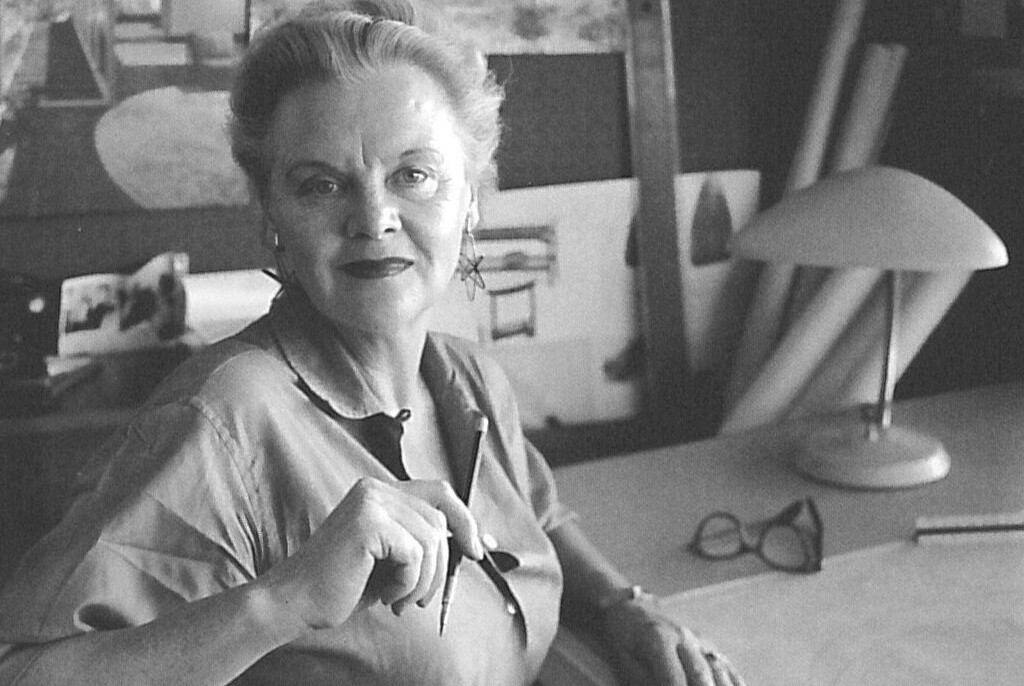The Rediscovery of Greta Grossman
"[As a woman designer], you had to be a step ahead, or else."
Before Gubi reissued her furniture in 2011, Greta Magnusson-Grossman was a forgotten name. However sixty years previously, at the height of her career, she was defying expectations at every turn. After taking up woodworking as a teenager, Greta trained as an apprentice with a furniture manufacturer - she was the only woman in the workshop. In 1928 she was accepted to study at Stockholm School of Industrial Design (Konstfack). Years later, upon her graduation in 1933, she won the Furniture Design Award from the Swedish Society of Industrial Design, was one of the first women to graduate from the school, and set up Studio - a combined shop and workshop. That year, she had also married Billy Grossman, a British jazz musician.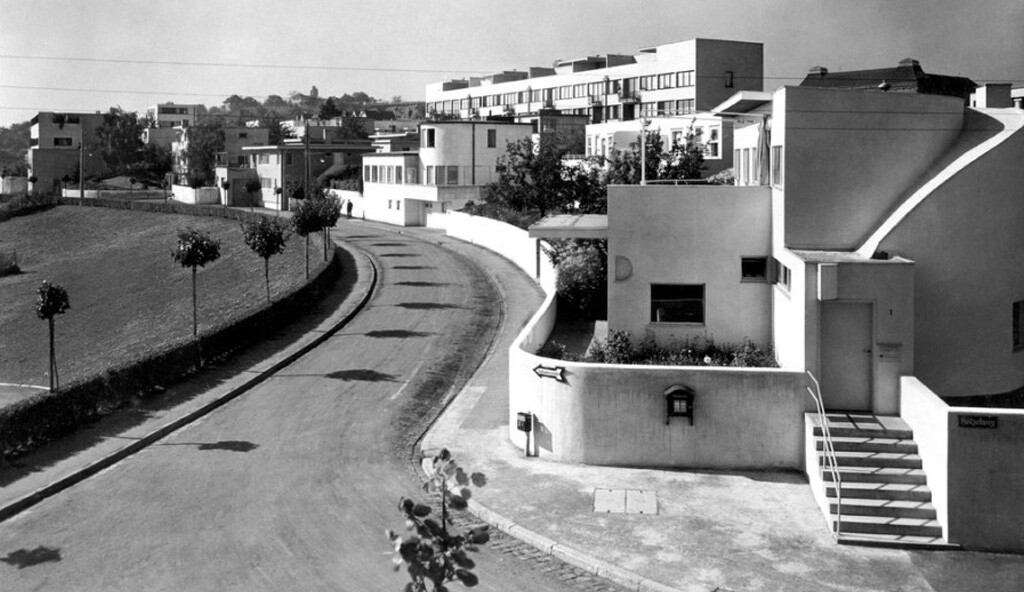 Greta travelled Europe and was influenced by what she saw, particularly the theory of Functionalism - the idea that objects should be designed with only purpose in mind. The Grossmans were well known on the social circuit, holding and attending glittery parties all over Northern Europe. Greta was well known to be charismatic and beautiful - but it was her talent that earned her reputation. She soon acquired world famous clients such as Ingrid Bergman, and dined in the Motta restaurant with Gio Ponti and Le Corbusier.
In 1940, Greta and her musician husband sought refuge from World War Two by immigrating to the USA. Settling in Los Angeles, she immediately set up shop on Rodeo Drive, and within months Greta Garbo and Frank Sinatra were also clients. Greta's mix of Scandinavian style and American modernism was unusual at the time. She had the chance to merge the two styles on a larger scale within her own split-level home in Beverly Hills, where she took the lead as both architect and interior designer.
Greta travelled Europe and was influenced by what she saw, particularly the theory of Functionalism - the idea that objects should be designed with only purpose in mind. The Grossmans were well known on the social circuit, holding and attending glittery parties all over Northern Europe. Greta was well known to be charismatic and beautiful - but it was her talent that earned her reputation. She soon acquired world famous clients such as Ingrid Bergman, and dined in the Motta restaurant with Gio Ponti and Le Corbusier.
In 1940, Greta and her musician husband sought refuge from World War Two by immigrating to the USA. Settling in Los Angeles, she immediately set up shop on Rodeo Drive, and within months Greta Garbo and Frank Sinatra were also clients. Greta's mix of Scandinavian style and American modernism was unusual at the time. She had the chance to merge the two styles on a larger scale within her own split-level home in Beverly Hills, where she took the lead as both architect and interior designer.
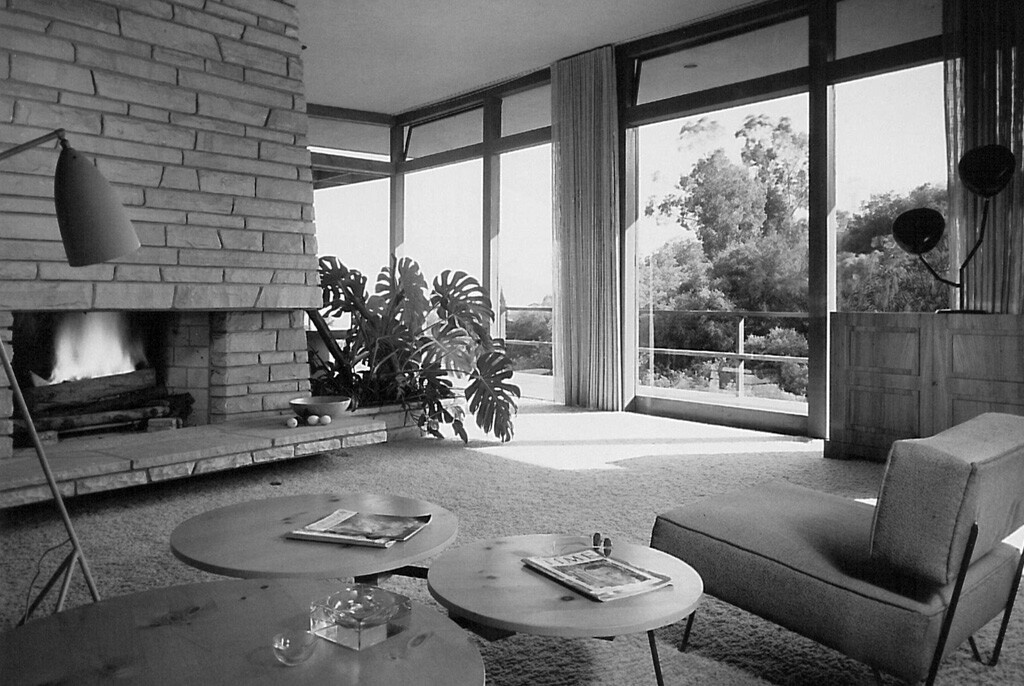
"...No architect should be allowed to design a kitchen without running a household for a couple of months! Please, keep us from the 'rationalised' kitchens with all their expensive and fancy appliances but without decent cupboards for this and that."
Operating within the male-dominated fields of industrial design and architecture could at times be tough, but despite this, Greta had succeeded in making a name for herself in both the USA and Europe. A lot of her fame can be attributed to three designs in particular. Created in 1948, the Cobra Lamp has a curved snake-like shade. Its flexible, tubular arm was groundbreaking - allowing the lamp to twist and turn into different positions - and it was this that earned it the 1950 'Good Design Award' and a place in the permanent collection of the Museum of Modern Art, New York. The Grässhoppa Lamp is one of Greta's most iconic designs. It's leaning silhouette echoes the legs of a grasshopper, poised and ready to jump. Released in 1952, Greta's collection of furniture including desks, sideboards and chest of drawers was named the 62 Series - deemed to be at least ten years ahead of its time. Despite their materials, the furniture that Greta designed had a light expression: merging mid-century and Scandinavian styles.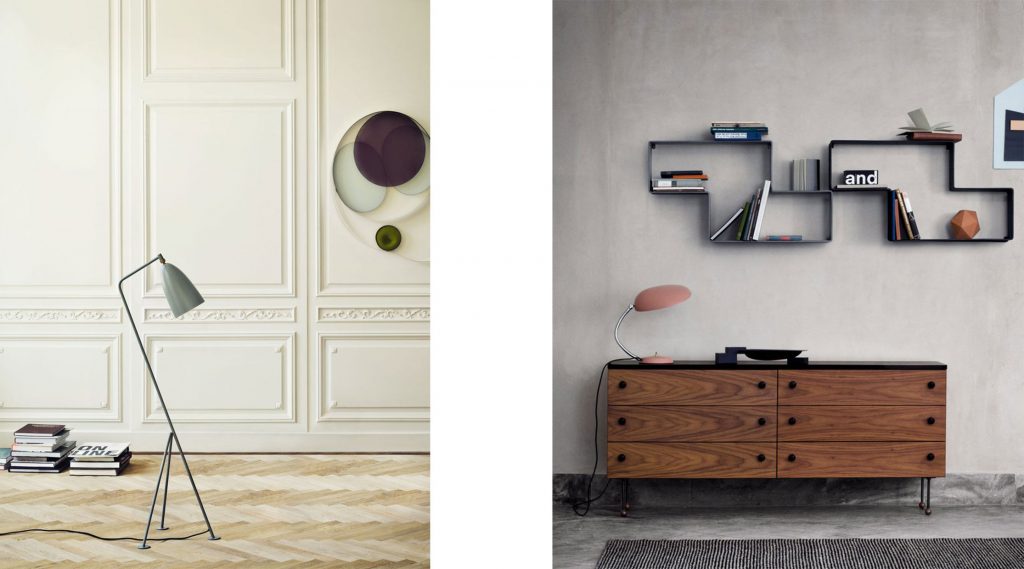 Greta retired in 1969 to San Diego with her husband, enjoying the obscurity that living in the hills brought. At the time of her death in 1999, her friends and neighbours were shocked to learn about her successful career and reputation - spanning almost thirty years and two continents. Her legacy was forgotten.
Greta retired in 1969 to San Diego with her husband, enjoying the obscurity that living in the hills brought. At the time of her death in 1999, her friends and neighbours were shocked to learn about her successful career and reputation - spanning almost thirty years and two continents. Her legacy was forgotten.
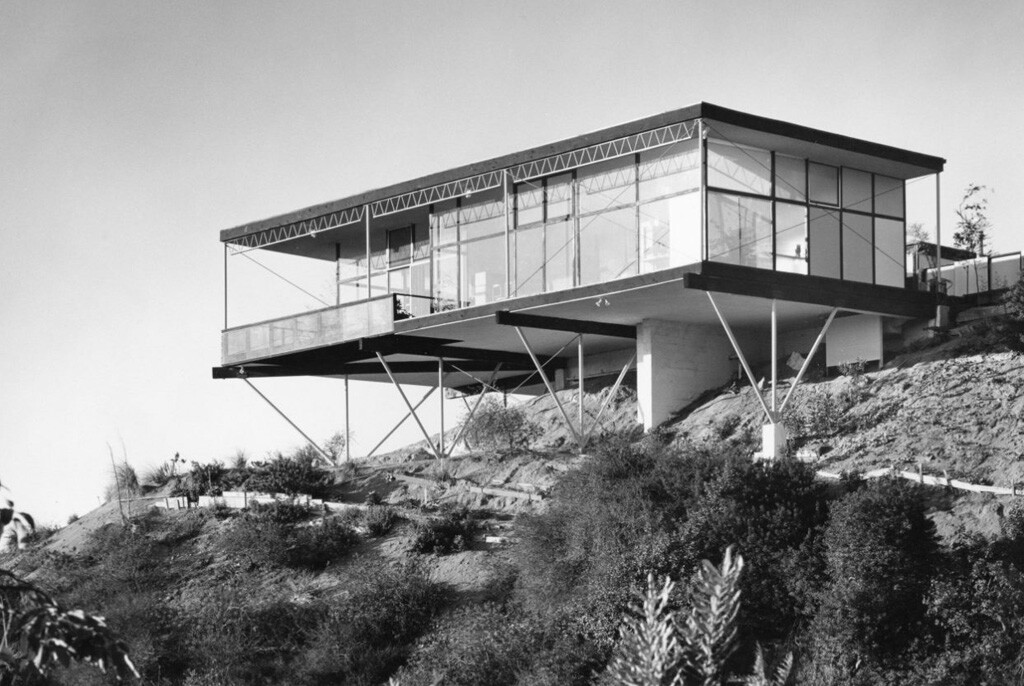
Time for more? Nanna Ditzel and the Story of the Trinidad Chair | The Story Behind the Vernor Panton S Chair |How To Create A Relaxing Home Interior
-
All StoriesUtility Presents: Lamp Building Workshop with AnglepoiseRead More
In celebration of our 25th anniversary in the design industry, we continued our year-long events calendar with an immersive Lamp building workshop hosted by British design royalty Anglepoise. Reflecting a shared commitment to timeless design and enduring craftsmanship, we were...
